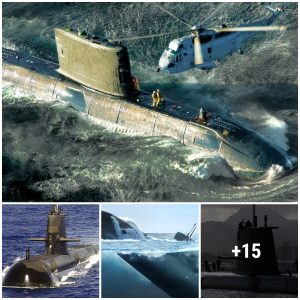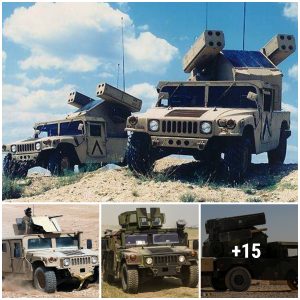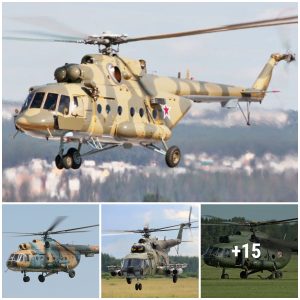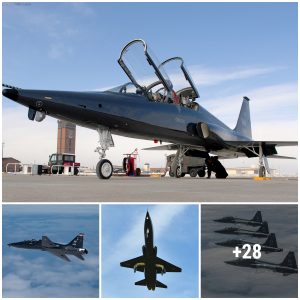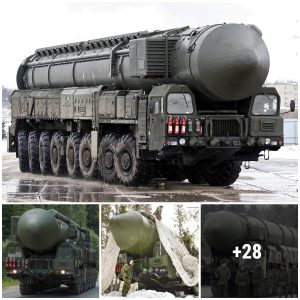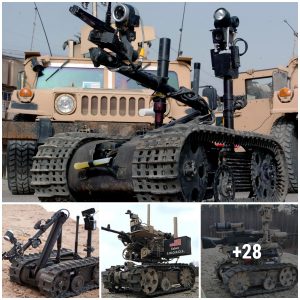The Fairchild Republic A-10 Thunderbolt II – better known among airmen as the “Warthog” – is one of the most powerful pieces of Cold War-era equipment still operated by the US Air Force. Its GAU-8 Avenger autocannon is a terrifying opponent, while the aircraft’s armor makes its practically indestructible.
Given its enduring legacy, we felt it was time to share some of our favorite facts about the A-10 Warthog, including the reason why it was given such an iconic nickname.
Northrop over Fairchild Republic?
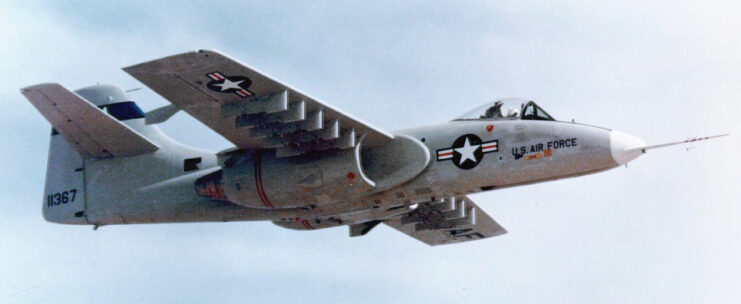
It might be surprising to hear now, but there was almost a world in which the A-10 Warthog didn’t exist. The design came about as part of the US Air Force’s Attack Experimental (A-X) Program, which requested manufacturers develop something that could easily handle the power of a 30 mm cannon, among other requirements.
Of the six companies to submit designs, Fairchild Republic and the Northrop Corporation were the only two given the green light to build prototypes. When both models – the YA-10A and the YA-9A, respectively – underwent trials, the former was chosen. As it turns out, the wing root-mounted engines on Northrop’s entry made its aircraft too vulnerable to enemy attacks.
By February 1976, full-scale production of what eventually became known as the A-10 was approved by the Pentagon.
Designed to fly while suffering severe damage
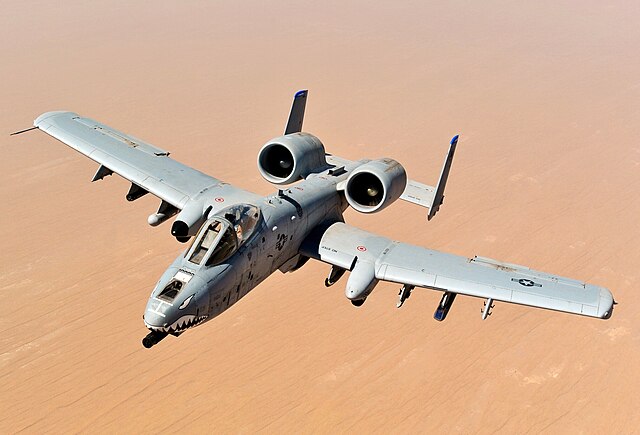
Just one look at the A-10 Warthog tells you that this aircraft is built to survive the worst America’s enemies have to throw at it – but do you know just how much damage it can actually withstand? As it turns out, a lot!
To ensure pilots are able to navigate their way out of dangerous situations, the A-10 is designed to remain airborne with just one of its engines operational, a single tail fin, half a wing missing and one elevator. Any of these issues alone would put most other aircraft immediately out of commission, so this is impressive, to say the least.
A titanium bathtub?
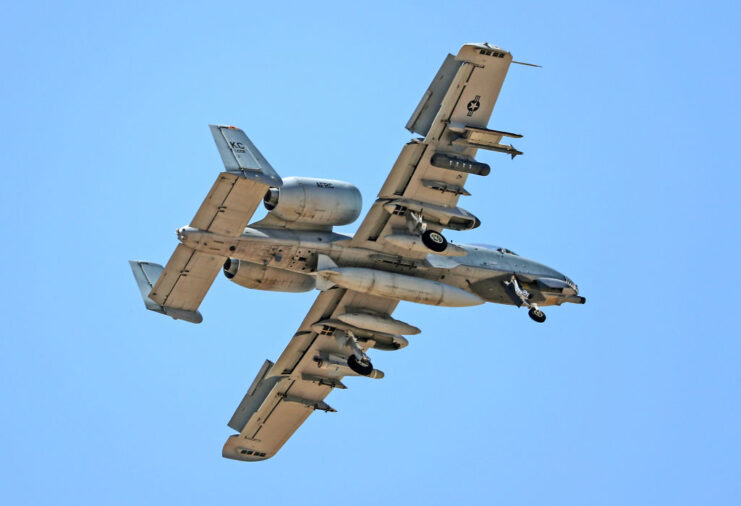
There’s an impressive 1,200 pounds of titanium armor wrapped around the cockpit and flight-control systems, with tests showing it can withstand 23-mm cannon fire and 57-mm shell fragments. This means pilots are more than protected during combat.
How did an A-10 Warthog secure a cow kill marking?
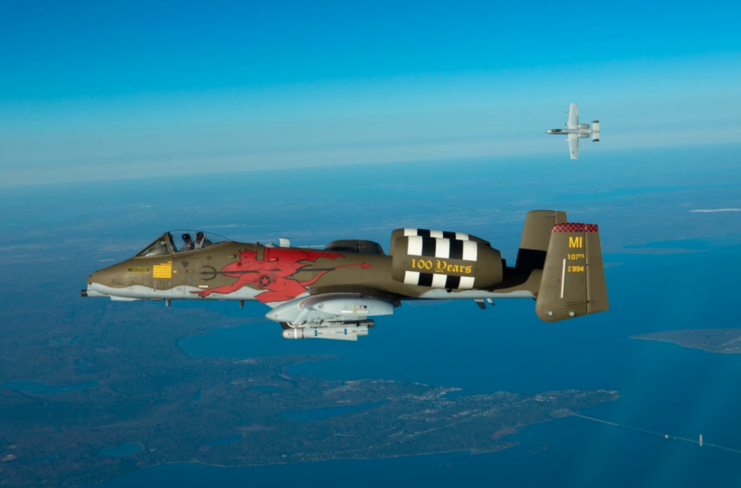
Did you know there’s an A-10 Warthog out there with a cow kill marking on its exterior? It’s true, and how the aircraft came to receive the symbol is one heck of a story (or rumor, depending on who you talk to).
During a Close Air Support (CAS) mission, a pilot used the aircraft’s GAU-8 Avenger autocannon to attack an enemy village in Iraq. When ground troops moved in, all that was found was a cow – or what remained of it, given it had been obliterated.
Following the mission, 127th Wing spokesperson Penelope Carroll said the A-10 had “inadvertently” took out the animal and that its death was the result of ordnance.
How powerful is the A-10 Warthog’s cannon?!
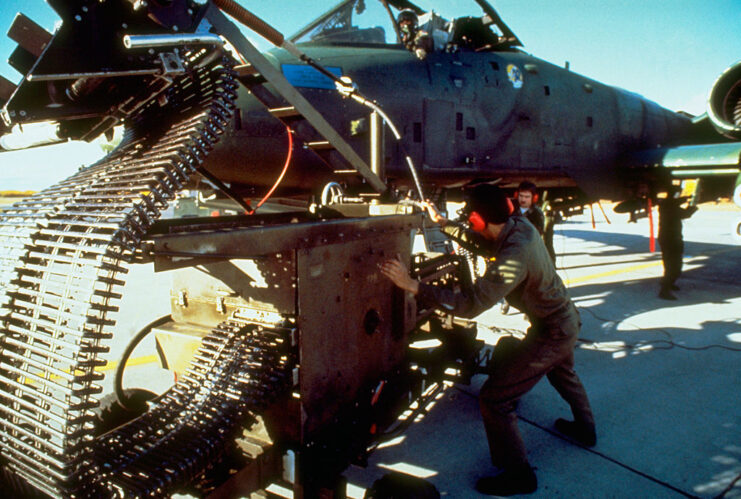
Speaking of the A-10 Warthog’s GAU-8 Avenger, do you know just how powerful this autocannon is? Well, it’s reported that its recoil alone is as strong as the thrust of one of the aircraft’s engines – talk about powerful! As well, it’s a truly MASSIVE weapon, spanning over 19 feet and weighing a whopping 619.5 pounds.
Capable of firing up to 3,900 rounds per minute, the GAU-8 Avenger is basically a ground force’s worst enemy – not even tanks are safe.
An NFL player once piloted the A-10 Warthog in combat
Among the aviators to sit in the cockpit of the A-10 Warthog was Chad Hennings, who played for the Dallas Cowboys in the NFL, winning the Super Bowl three times. His time manning the aircraft came during the 1990s, while he was serving with the US Air Force in the Gulf War and during Operation Provide Comfort.
Assigned to the 92nd Tactical Fighter Squadron, 81st Tactical Fighter Wing, Hennings flew twice during the former conflict and 45 missions in support of the latter. For his valiant efforts, he was presented with the Outstanding Unit Award and two Air Force Achievement Medals.
Where did the ‘Warthog’ nickname come from?
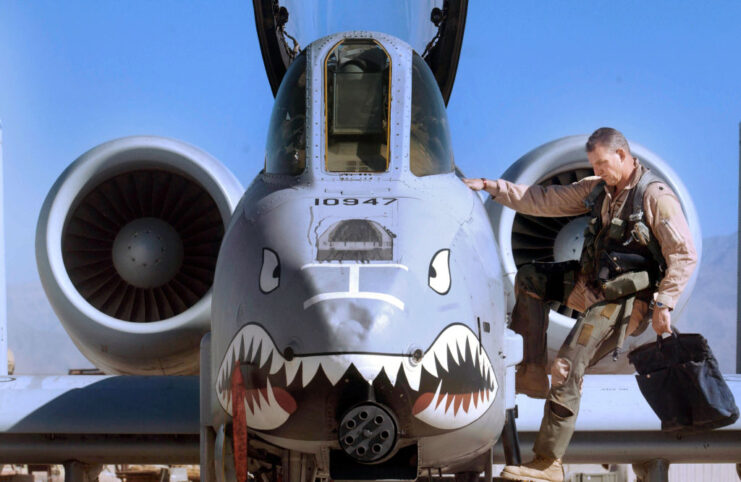
While officially named the Thunderbolt II, the A-10 is more commonly referred to by its nickname, the “Warthog,” but how did it get its famous moniker? The “Warthog” distinction refers to the A-10’s tough appearance, which is further emphasized by the painting of eyes and teeth on the aircraft’s nose. It’s real name doesn’t sound fierce at all, while “Warthog” strikes fear into anyone who dares face the legendary aircraft.
Slated to be replaced by the F-35 Lightning II
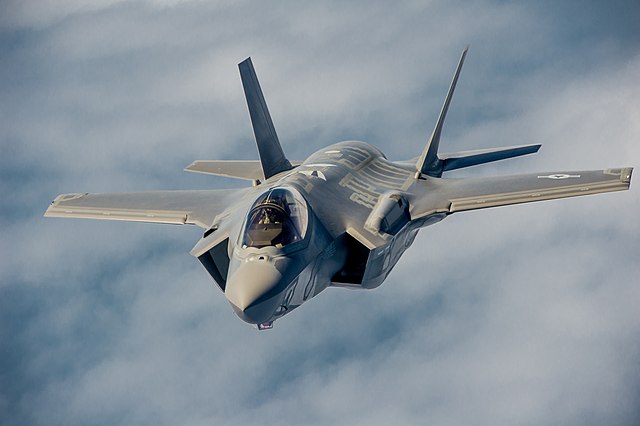
Sadly, all good things must come to an end and that includes the A-10 Warthog’s service with the US Air Force. There have been many attempts by the branch to retire the aircraft, with the aim being to have all units grounded by 2029. This plan has suffered some delays, but appears to finally be underway.
It’s reported that the A-10 will largely be retired by the Lockheed Martin F-35 Lightning II.
